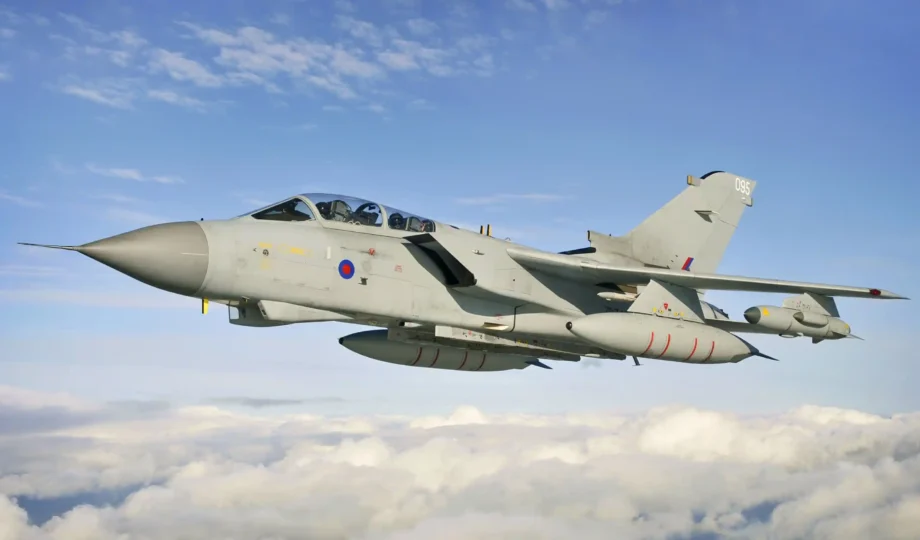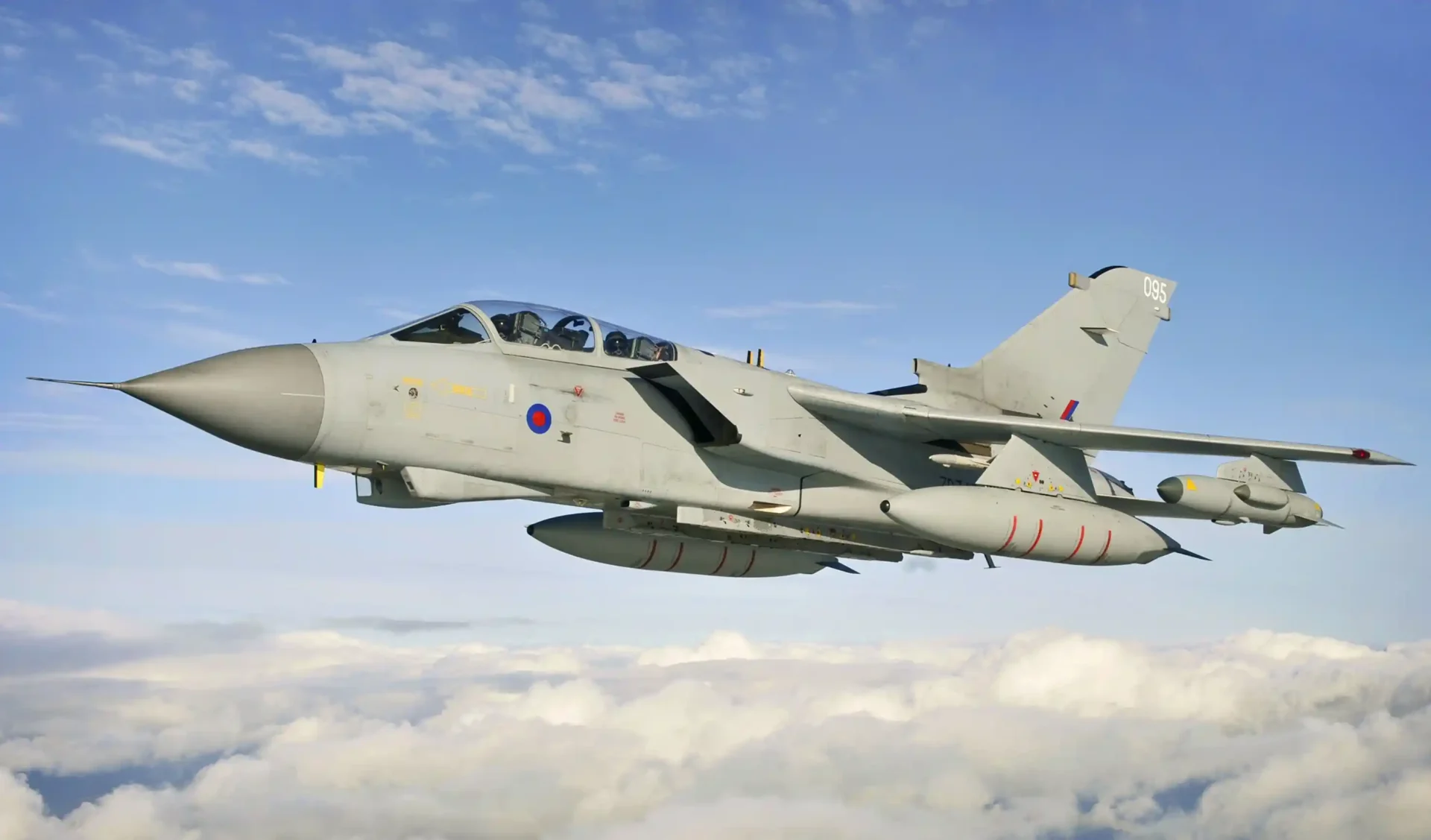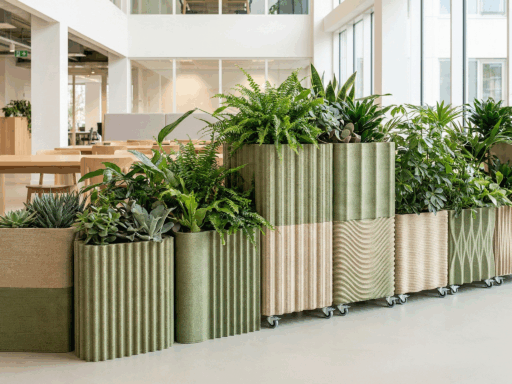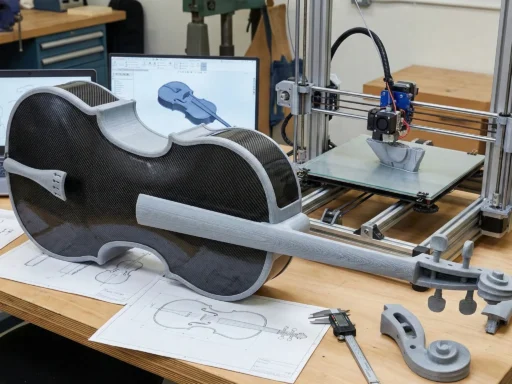The UK’s Ministry of Defence (MoD) has announced a fascinating initiative that’s seeing pieces of retired Tornado fighter jets ground down and 3D printed into fresh components.
Working with aerospace giant Rolls-Royce and British 3D printing service provider Additive Manufacturing Solutions (AMS), the MoD is developing new, eco-friendly ways of building its next-gen Tempest aircraft. Recycling metal parts into powder before 3D printing new ones is expected to improve durability, as well as the self-reliance of the UK military.
“The Tornado 2 Tempest project highlights the creativity, ingenuity and innovation defence employs in our approach to national security,” said Maria Eagle, the UK’s Minister for Defence Procurement and Industry.
“By working with key industry partners, we can deliver savings, reduce reliance on global supply chains and ensure our Armed Forces have the very best kit to keep our country safe.“
“Not only does this initiative have a positive impact on the environment and national security, it supports the domestic defence industry acting as an engine for growth, which is at the heart of [the UK Government’s] Plan for Change,” she added.
“Bold, exciting, innovative” R&D
Working from their Lancashire base, project engineers have already made significant progress, recycling Tornado parts like titanium engine compressor blades into powder. This process has seen the components cleaned, atomised, and 3D printed into a new nose cone and blades for Orpheus, the small engine concept developed by Rolls-Royce for the Tempest program.
After fitting, the 3D printed nose cone even passed an engine test and safety checks, effectively demonstrating the viability of the team’s approach for creating flight-ready fighter jet parts.
With many MoD assets being made from high-quality steel and aluminum, these materials were also assessed as part of the study. Although the results of this testing haven’t been disclosed, it’s clear that the project is being viewed as a success that could spill into other areas.
So far, more than 80 people have contributed to the initiative, and AMS is set to create 25 new jobs by outsourcing to suppliers – suggesting that there’s plenty more innovation on the horizon.
“The Tornado 2 Tempest project exemplifies the forward-thinking sustainability principles embedded in the FCAS Sustainability Strategy and MoD Defence Support Strategy,” explained Andrew Eady, VP of FCAS Sustainability at Rolls-Royce.
“This project is bold, exciting and innovative, and a demonstration of exemplary collaboration between the MoD, industry and an SME, furthering the drive for circular economy practices and innovative digital enablers in Defence.”
3D printing: Already flight-ready
Of course, additive manufacturing is no stranger to aerospace applications. The technology is well-established as a tool for manufacturing complex parts in small batches to fine tolerances.
Using Velo3D printing, for example, SpaceX has drastically simplified the design of its Raptor rocket engine. Late last year, POLARIS also announced that it had reached a new milestone with the MIRAII – a spaceplane demonstrator powered by a 3D printed Aerospike engine.
On a more commercial level, GE has 3D printed hundreds of thousands of fuel nozzle tips for its CFM LEAP engine, which is used to power both Boeing and Airbus aircraft. Since acquiring Concept Laser and Arcam in the 2010s, GE has doubled down on its commitment to 3D printing by launching its own systems, including the ATLAS and Series 3.
Clearly, demand for aerospace 3D printed parts is as strong as ever. Who knows where the technology is being applied in the military behind closed doors? The MoD’s latest project provides a tantalizing glimpse into where the technology could be used next.






